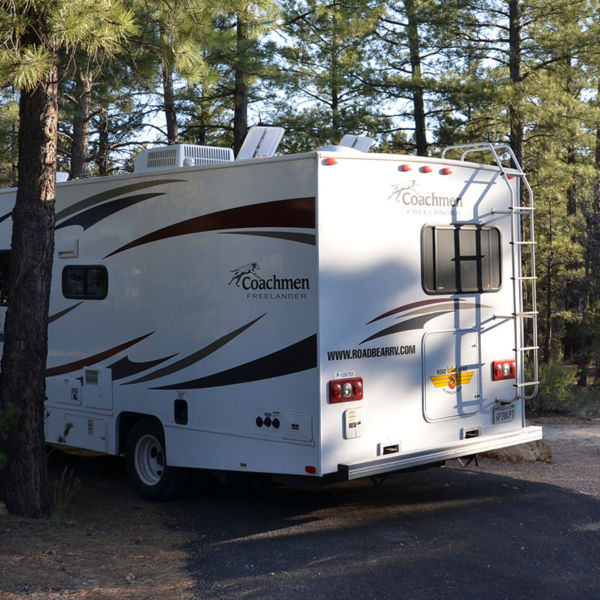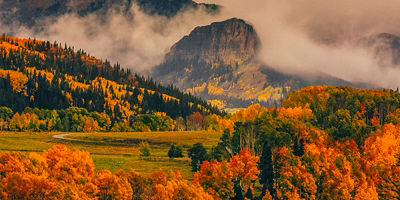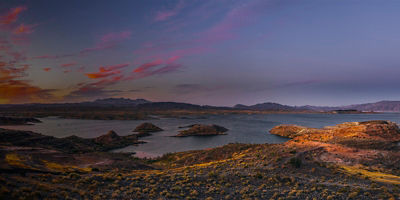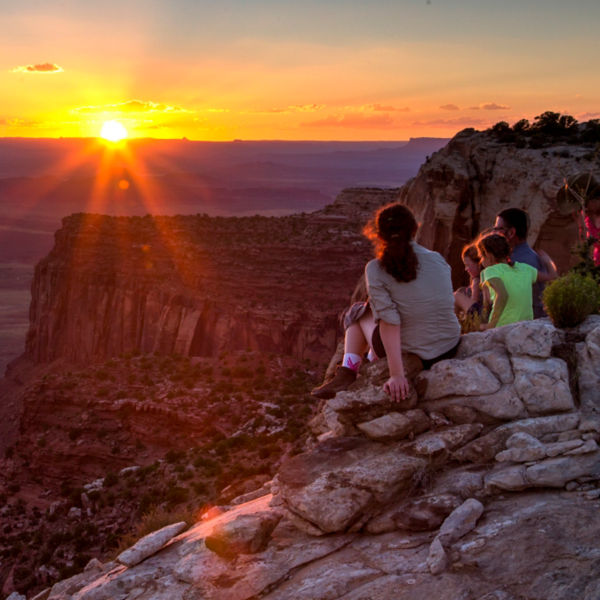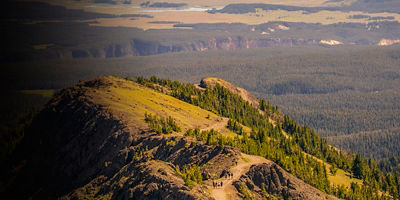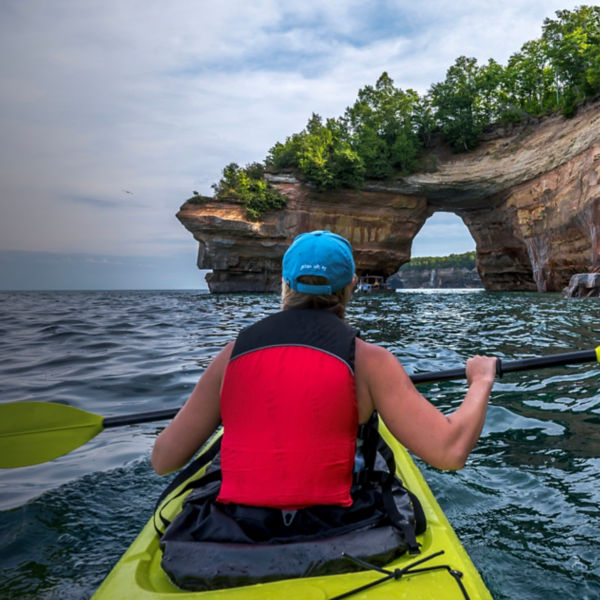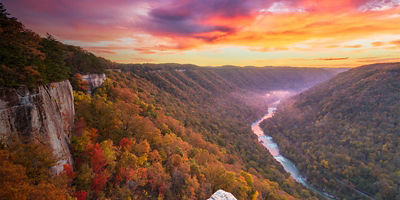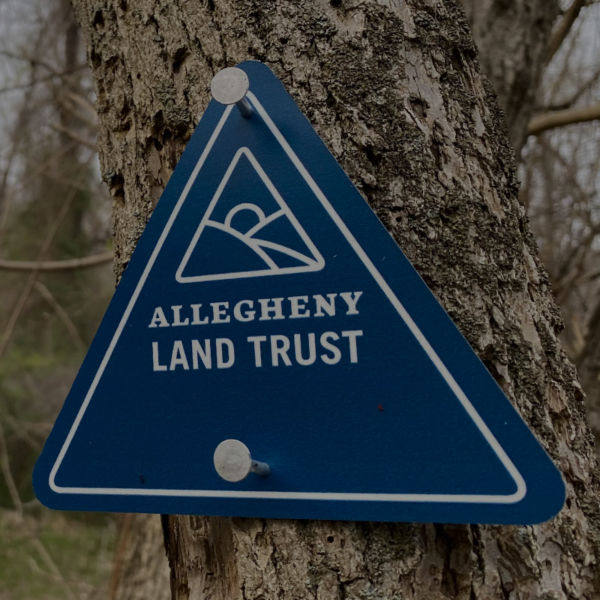
You might not think that our national parks house so many miles of endless trails within their scenic borders. But now, rules and regulations in national parks are becoming more welcoming to bicyclists—inspiring such groups as the International Mountain Bicycling Association (IMBA) to build new trails for an expanded population of park-goers. Joining the nine national parks allowing mountain biking, more than 40 National Park Service sites now allow the sport, including such similarly protected areas as national monuments and national recreation areas. That offering is more widespread than riders realize, with previous bans continuing to be lifted and new areas coming online. Here’s a snapshot of a few more off-the-radar areas that deserve some serious mountain-biking recognition. (Just remember to glance up from the trail once in a while to take in your scenic surroundings.)
New River Gorge National Park, WV
The newly established, 70,000-acre New River Gorge National Park and Preserve in West Virginia is quickly becoming one of the premier mountain biking destinations in the eastern U.S., partially for its proximity to major metropolitan hubs in nearly every direction. One of its most popular regions for riding is the easy-to-moderate, 12.8-mile Arrowhead Trails system, which links such trails as Clovis, Adena, Dalton, and LeCroy. Featuring four mountain bike loops, the system was built by the Boy Scouts of America, marking one of the largest youth service projects in NPS history. Other favorite trails for riding include the 8.6-mile Kaymoor Trail, 7-mile Southside Trail, 3.3-mile Keeney Creek Rails Trail and 5.6-mile Glade Creek Trail. And best yet, when you’re finished, you can cool off with some of the best whitewater rafting in the country, paddling down the New River Gorge. More Info: nps.gov
Big South Fork National River and Recreation Area, TN
Encompassing 125,000 acres of the Cumberland Plateau in both Kentucky and Tennessee, this sprawling recreation area protects the free-flowing Big South Fork of the Cumberland River and its tributaries. With its scenic gorges and sandstone bluffs, the rolling terrain is also a mecca for mountain biking, serving up more than 30 miles of scenic, winding singletrack trails for everyone from beginner to expert riders. The trails are maintained by the local Big South Fork Mountain Bike Club, ensuring their upkeep for riding year-round. Just pay attention to the weather; it can be unpredictable, regardless of the season, and a tad hot in the summer. For advanced riders comes the Collier Ridge Loop, marked with features such as drops and tight turns that offer a challenge, while beginners can test their pedaling stripes on the Duncan Hollow Loop, complete with an easy creek crossing. More Info: nps.gov











